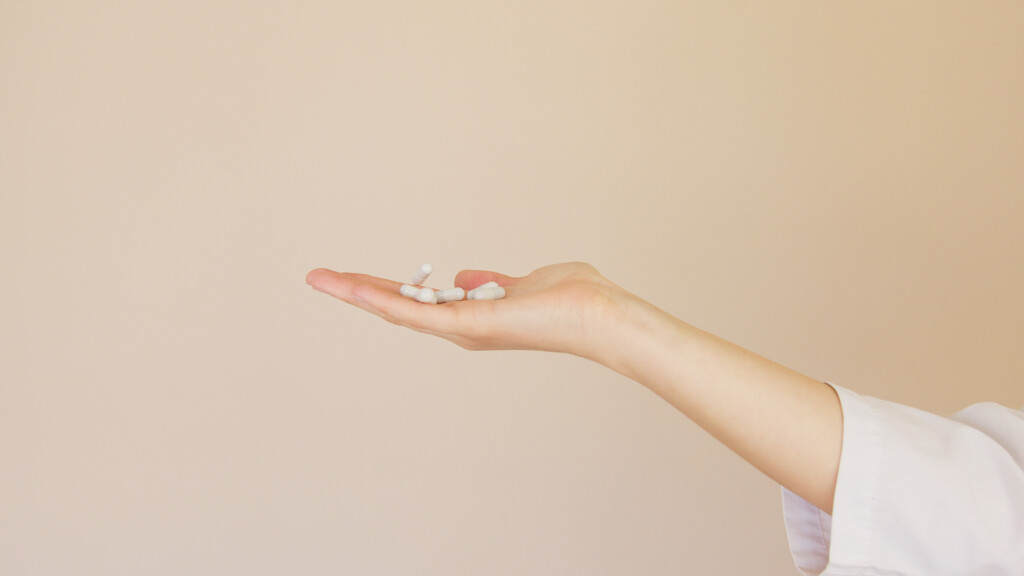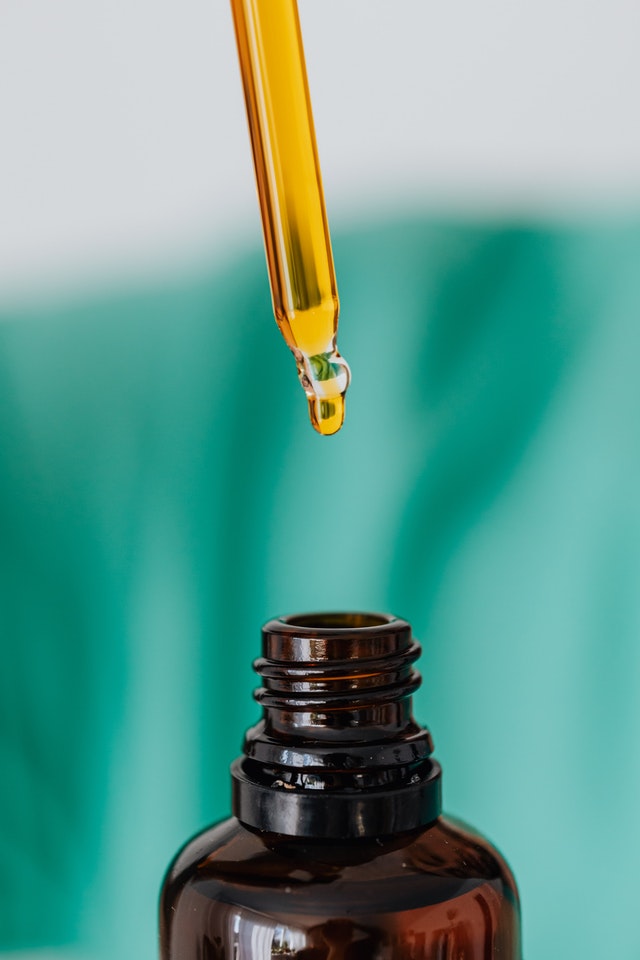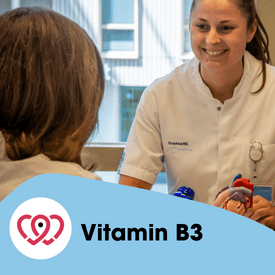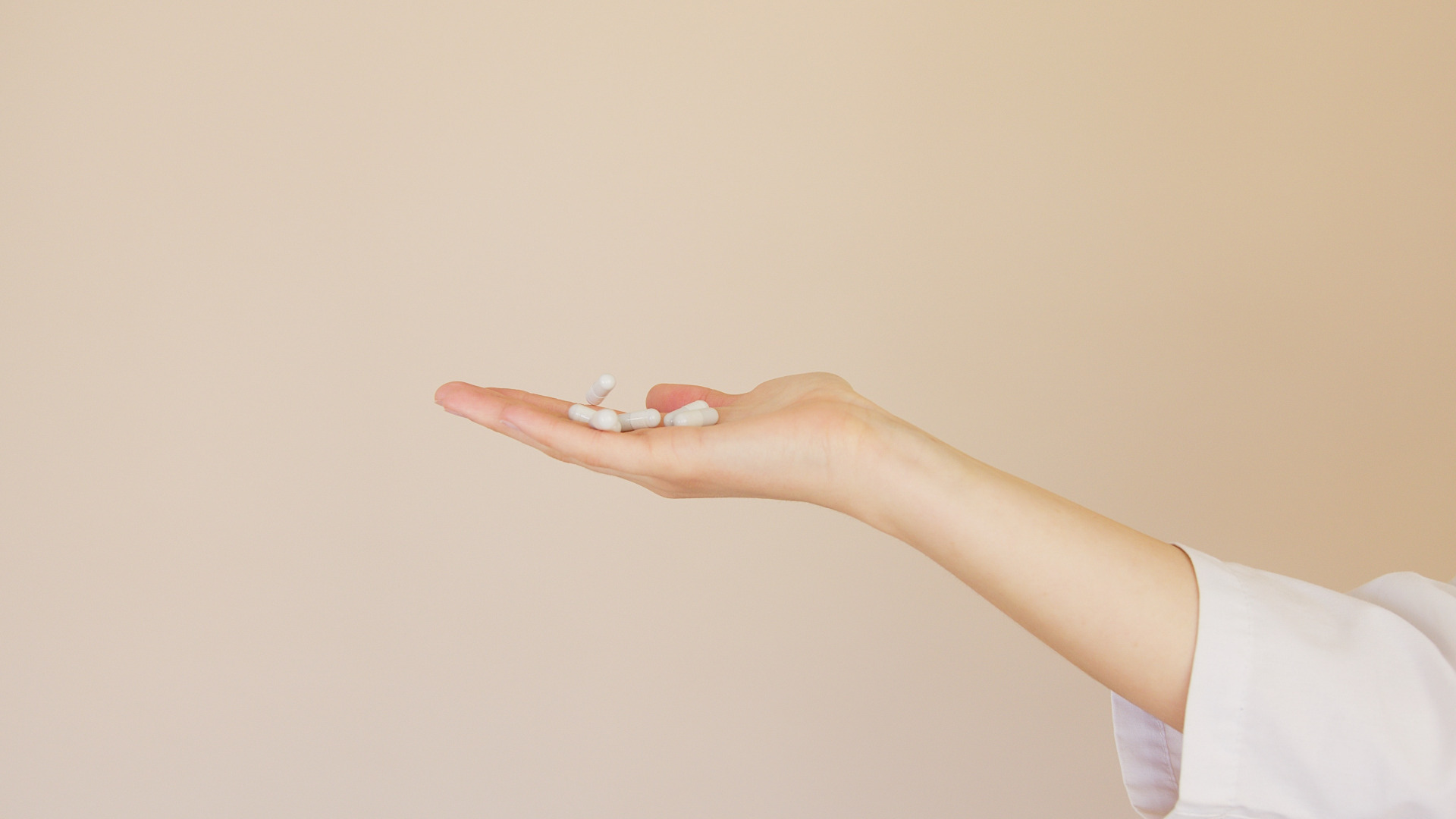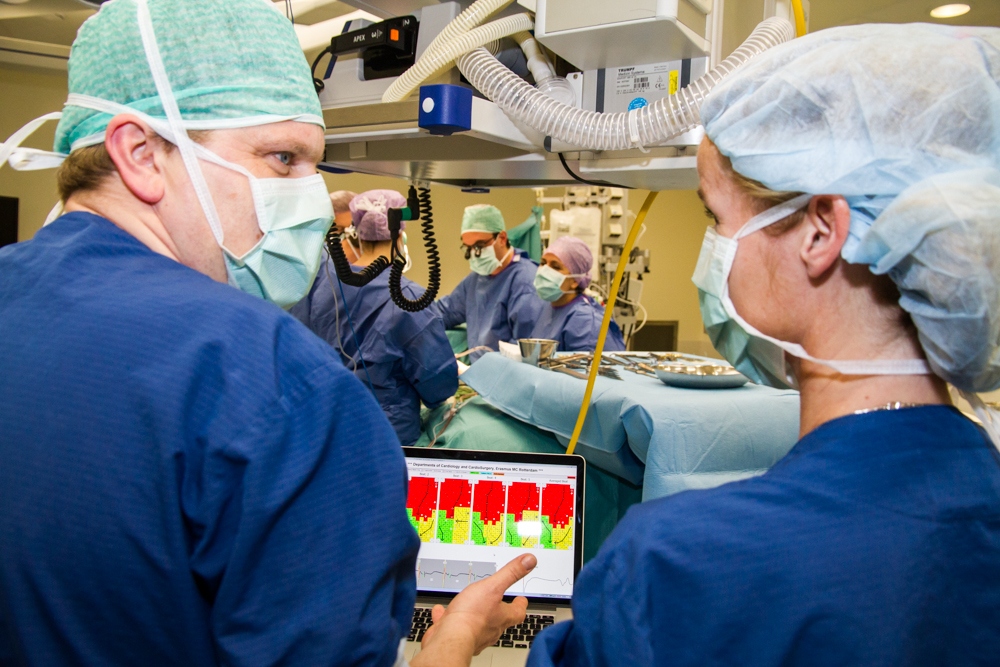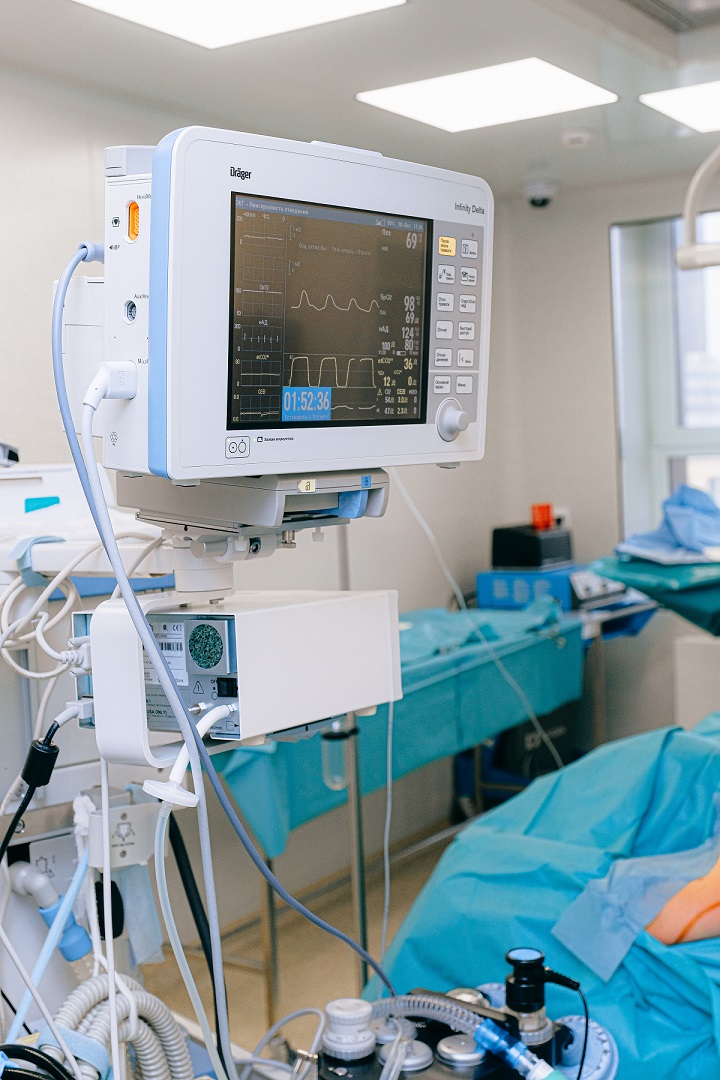
Cardioversion
Last update: January 18, 2024
Restoring normal heart rhythm with cardioversion
Cardioversion can help return the irregular heartbeat, that occurs during atrial fibrillation, back into a normal so called sinus rhythm. The heart rate is returned to a normal, regular heart rhythm with medication (chemical cardioversion) or via an electric shock (electrical cardioversion).
This is what we know about cardioversion so far:
- You receive an electrical stimulus during an electrical cardioversion.
- You are given medication while undergoing a chemical cardioversion.
- Often cardioversion only brings temporary relieve when treating afib.
Electrical cardioversion
During electrical cardioversion (ECV), an externally administered current (shock) is used to restore the normal heart rhythm. The current stimulus briefly relaxes the heart muscles, allowing the heart to continue in a normal rhythm again. How does that work?
- You are administered a slight sedative
- An electrical stimulus ‘resets’ your heart rhythm
- The heart beats in a normal rhythm again
One treatment of electrical cardioversion may be enough. Is the normal heart rhythm not back yet? The treatment can then be repeated 2 to 3 more times.
After the electrical cardioversion treatment
After the treatment, you may still have muscle pain for a few days. The skin where the defibrillator stickers have been located may also feel red and like there is a slight burn.
Furthermore, nausea and transient difficulty breathing are common side effects.
If you are not taking blood thinners and the episode of atrial fibrillation has lasted for more than 48 hours, you should use blood thinners for at least 3 weeks. These ensure that the risk of blood clots is limited. Your doctor will evaluate for exactly how long you should take blood thinners and when you can stop taking them.
Chemical cardioversion
With chemical cardioversion, medications (antiarrhythmic drugs) ensure that your heart returns to beating with a normal rhythm. Medicines that are often used for this include tambocor, cordarone, and ibutilide. The treating physician determines which medicine are most suitable for each patient.
How does the treatment work?
- You remain conscious during the procedure
- You will receive medication via an IV or a bolus injection
- A normal heart rhythm is once again restored
Unfortunately, the success of the treatment is very variable and atrial fibrillation often returns.
After the chemical cardioversion treatment
After chemical cardioversion, you may experience nausea and temporary difficulty breathing.
Is Cardioversion Possible in Combination With an Implanted Pacemaker or ICD?
Cardioversion can also be performed if you wear a pacemaker or ICD. Your doctor reads the device before and after the cardioversion and, if necessary, will have it measured by the technician, who is also present during the treatment. Sometimes a doctor chooses to turn off the device during treatment.
How often can you undergo cardioversion?
There is no limit on the number of cardioversions you can have done. Have you had many treatments performed without any results? Then, in consultation with your doctor, you can decide what is the best way to proceed. There are many treatment plans and solutions that can be explored.
Why are afib treatments not as effective for everyone?
Electrical cardioversion is often only a temporary solution. This makes sense because atrial fibrillation is often accompanied by structural damage to the atrial tissue. You cannot completely solve this with a shock or with anti-arrhythmic drugs. Your lifestyle also plays a major role. Diabetes, obesity, and narrowed blood vessels are risk factors. Adjustments to your lifestyle can also help. Read more about how your lifestyle affects atrial fibrillation here.
References
- Li, N. and Brundel, B. J. J. M. (2020). Inflammasomes and proteostasis novel molecular mechanisms associated with atrial fibrillation. Circulation Research, 127(1), 73-90. https://doi.org/10.1161/circresaha.119.316364
- Lüker, J., Sultan, A., Plenge, T., van den Bruck, J., Heeger, C. H., Meyer, S., Mischke, K., Tilz, R. R., Vollmann, D., Nölker, G., Schäffer, B., Willems, S., & Steven, D. (2018). Electrical cardioversion of patients with implanted pacemaker or cardioverter-defibrillator: results of a survey of german centers and systematic review of the literature. Clinical research in cardiology : official journal of the German Cardiac Society, 107(3), 249–258. https://doi.org/10.1007/s00392-017-1178-y
- Hindricks, G. et al., ESC Scientific Document Group , 2020 ESC Guidelines for the diagnosis and management of atrial fibrillation developed in collaboration with the European Association for Cardio-Thoracic Surgery (EACTS): The Task Force for the diagnosis and management of atrial fibrillation of the European Society of Cardiology (ESC) Developed with the special contribution of the European Heart Rhythm Association (EHRA) of the ESC, European Heart Journal, Volume 42, Issue 5, 1 February 2021, Pages 373–498, https://doi.org/10.1093/eurheartj/ehaa612
- Chung, M.K., et al. and On behalf of the American Heart Association Electrocardiography and Arrhythmias Committee and Exercise, Cardiac Rehabilitation, and Secondary Prevention Committee of the Council on Clinical Cardiology; Council on Arteriosclerosis, Thrombosis and Vascular Biology; Council on Cardiovascular and Stroke Nursing; and Council on Lifestyle and Cardiometabolic Health (2020). Lifestyle and Risk Factor Modification for Reduction of Atrial Fibrillation: A Scientific Statement From the American Heart Association https://doi.org/10.1161/CIR.0000000000000748
Share this article




